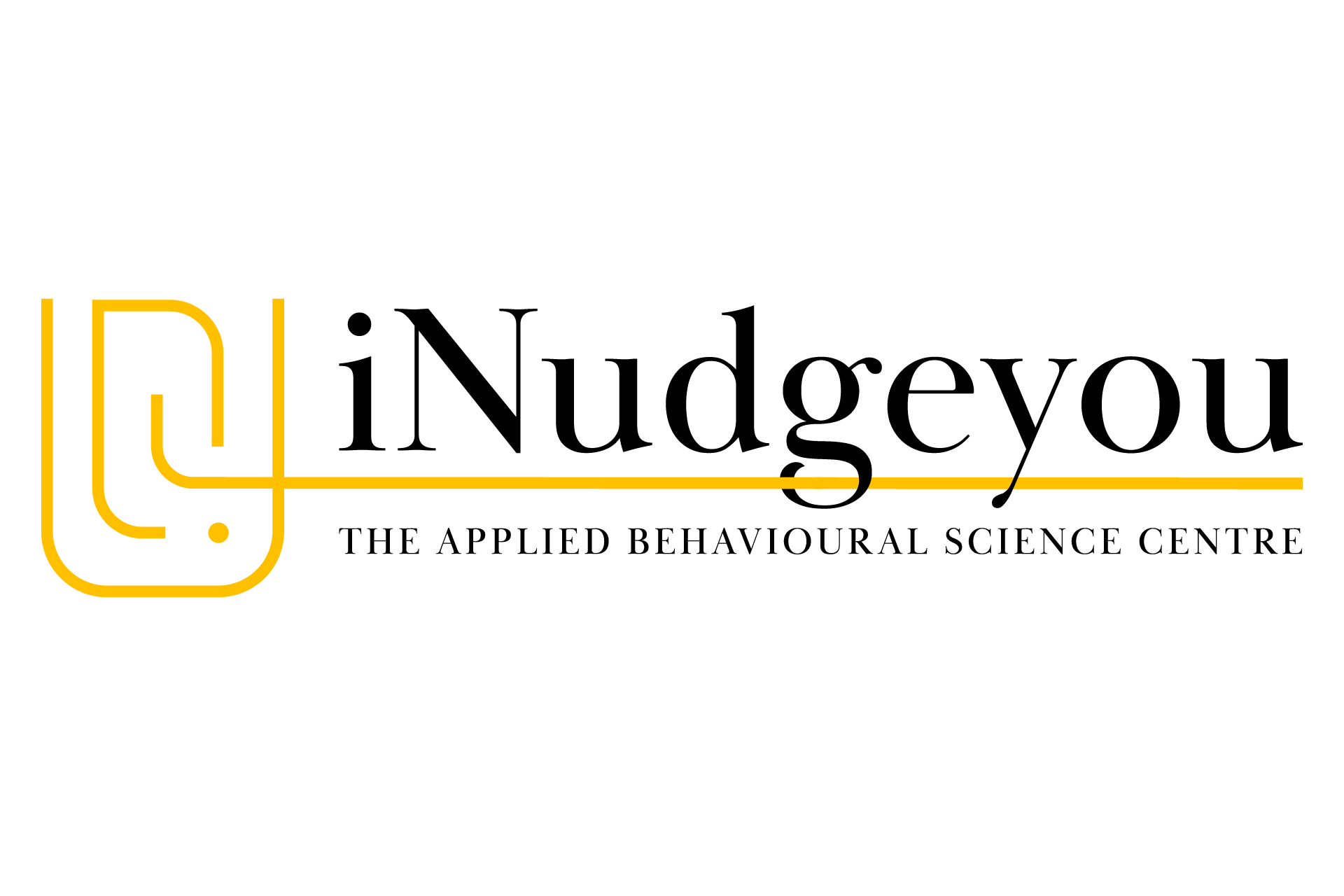Project collaboration with the Danish Energy Agency
Report on behavioural insights within the energy labelling scheme
The purpose of the energy labelling scheme is to promote energy savings, increase the efficiency of energy use in buildings, and increase the share of energy from renewable energy sources. Since its launch in 1998, the climate policy agenda has become even more relevant and the Danish government recently signed a broad agreement on a binding climate law with a target of 70 percent reduction of greenhouse gas emissions in 2030 compared to 1990.
Despite years of political efforts – like the BedreBolig scheme [provides private help and counselling on energy renovations] and the energy efficiency obligation scheme [purpose is more energy reductions, and thus a decrease in the energy consumption in Denmark] – there is still potential to increase the pace of the “green transformation” of the housing stock. The traditional approach of using information campaigns and financial instruments alone has not been able to motivate enough private homeowners to undertake energy refurbishments.
The Danish Energy Agency has therefore asked iNudgeyou to investigate whether behavioural insights can be used within the energy labelling scheme to complement the traditional approach. The goal is to get more houseowners to not just consider energy refurbishments but to actually implement them.
In fact, our project has become the largest Danish behaviour project in the energy and climate field, and the result has now been published by the Danish Energy Agency [in Danish].
A cornerstone of the task is to develop a new behaviour-optimised energy labelling report that will make more houseowners read, understand, and act on the content of the report. Another key purpose is to uncover and develop behavioural solutions for new decision points that will make houseowners aware of the refurbishment potential and make them take the first step.
In this report, we present the project results and our recommendations for the next step. Overall, we find that the use of behavioural insights can make a significant contribution to promoting energy refurbishments in Danish households.
In total, we have developed and tested five solution concepts, all of which increased awareness of both the energy labelling scheme and the potential of refurbishments.
The five concepts address different situations and target groups but have in common that behavioural insights are used to move the houseowner from intention to action. If you wish to read more about project collaboration with us, you are welcome to contact us or read more her.
5 solution concepts
Usynlig
Solution concept 1: New behaviour-optimised energy labelling report
We have developed two versions of a new, behaviour optimised energy labelling report. Three key changes have been made: the new report presents the most relevant information first, profitable actions are made salient, and an action-oriented “how to get started” step-by-step guide is introduced. A laboratory experiment was set up to measure the impact of the applied changes on understanding and trust.
We find that the experimental group using the behaviour-optimised report – compared to the current report – answers significantly more accurate to information questions, they feel more confident in their understanding, and more confident in actually initiating refurbishments.
Solution Concept 2: Interactive energy label on digital home ads
In collaboration with Realmæglerne [Real Estate Agency], we have conducted a field experiment, which tests the effect of making the saving potential salient on digital housing ads. The field experiment shows that by adding extra information on the saving potential the number of visitors to sparenergi.dk increases by 3,700 percent. The increase is more than 20 times greater than when the exact same information is presented by a mouse-over effect.
Solution concept 3: A new digital platform
We have further developed a behaviour-optimised platform based on three key themes: interactive design, tailor-made information, and concrete directions for action.
As with the new energy labelling report, we tested the effect of the applied changes in a laboratory experiment. We find that our version of the digital platform – compared to the current energy labelling report – enables users to better answer questions about energy refurbishment, increase their confidence in their answers and plunge them into renovation projects with greater confidence.
Solution concept 4: Customized one-pager for bank meetings
We have developed a one-pager that presents the most relevant information from the energy labelling report and at the same time provides a concrete step-by-step guide on how the refurbishments are carried out in practice. This introduces a new decision point at a time and in a situation, that previously had nothing to do with energy refurbishments. In a field experiment we conducted in collaboration with Totalkredit, Nykredit and Arbejdernes Landsbank, we tested the one-pager for customer meetings in three Danish banks.
The experiment shows that about 40 percent of houseowners who are presented with a one-pager in the bank subsequently plan to initiate a energy refurbishment. However, it should be noted that the sample was small.
Solution Concept 5: Customized e-boks letters for citizens
Municipalities play a crucial role in introducing new decision points that make home buyers and houseowners aware of the possibility of energy renovation. An easy and obvious solution is to contact selected citizens with tailor-made letters via e-boks [a national digital postbox].
In collaboration with Høje-Taastrup municipality, we tested a behaviour optimised letter that makes homeowners aware of the possibility of energy refurbishment. Høje-Taastrup municipality sent letters to houseowners with energy labels D, E, F or G, all of whom had the opportunity to “skip two steps” on the energy scale – for example from G to E. The experiment measured quite simply how many of the recipients who clicked on the link in the e-boks letter and then were redirected to a website with more elaborate information.
Contact us for more information
COO
Caroline Gundersen
Phone
+45 31332442

